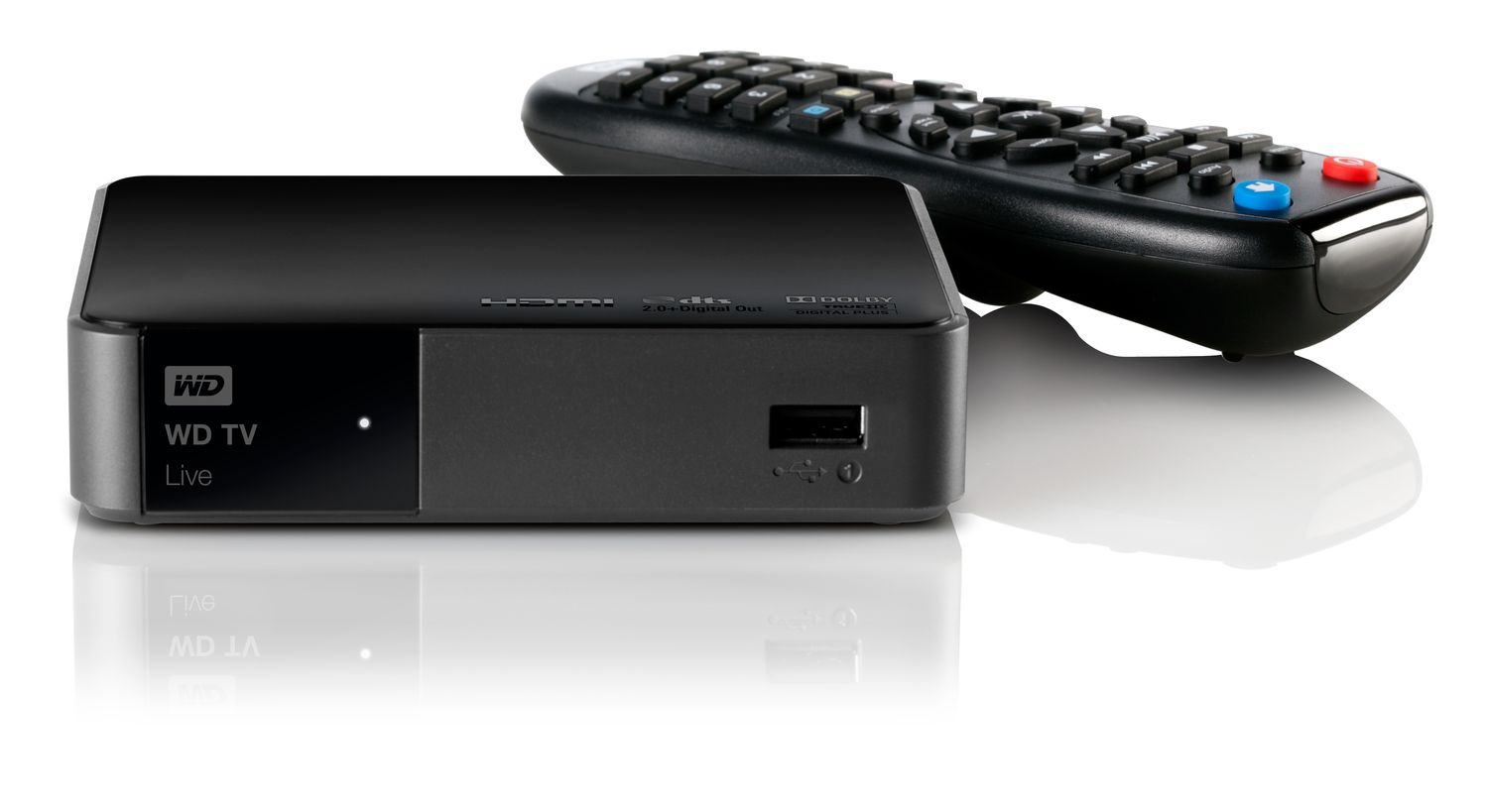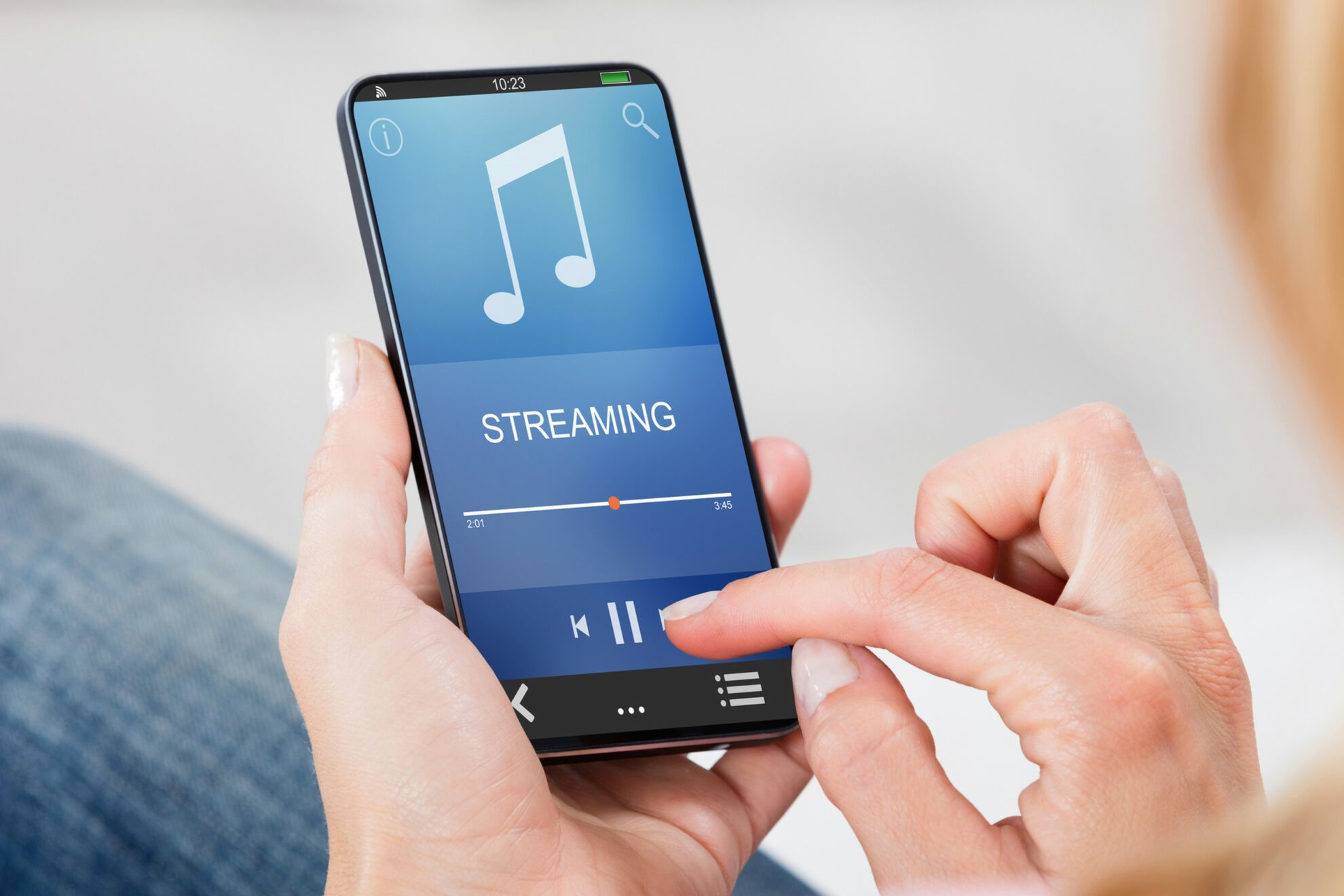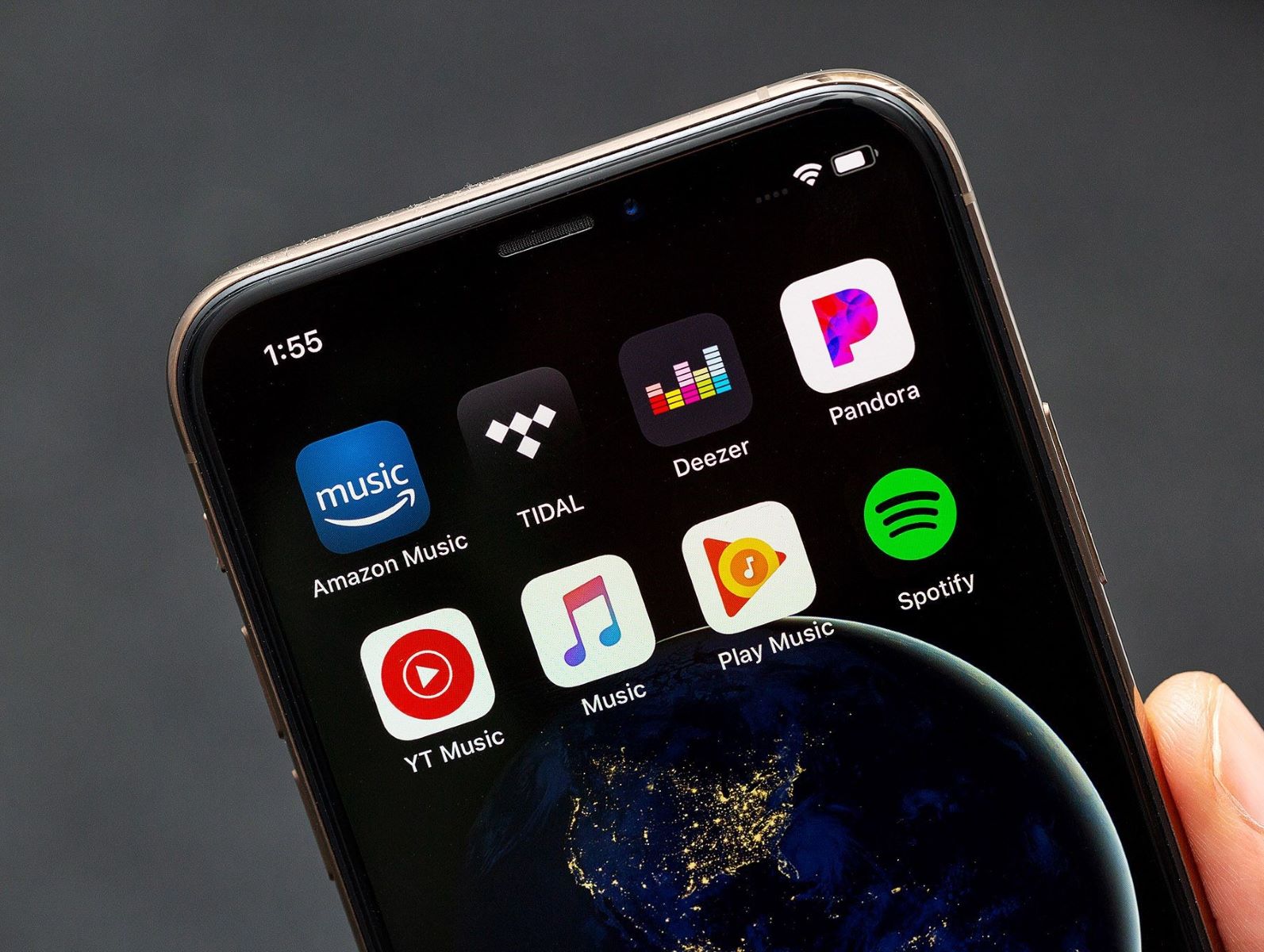Home>Production & Technology>Digital>What Was The First Digital Music Player


Digital
What Was The First Digital Music Player
Published: March 10, 2024
Discover the history of the first digital music player and its impact on the music industry. Learn about the evolution of digital music technology and its significance today.
(Many of the links in this article redirect to a specific reviewed product. Your purchase of these products through affiliate links helps to generate commission for AudioLover.com, at no extra cost. Learn more)
Table of Contents
Introduction
The evolution of music consumption has been a fascinating journey, marked by technological advancements that have revolutionized the way we experience and enjoy music. At the heart of this transformation lies the digital music player, a device that has redefined portability and convenience in the realm of music. From the humble beginnings of its invention to its profound impact on modern lifestyles, the digital music player has carved a significant place in the history of technology and entertainment.
As we delve into the origins and progression of the digital music player, it becomes evident that its inception was a pivotal moment in the convergence of music and digital innovation. The emergence of this device not only reshaped the way music was accessed and enjoyed but also paved the way for a new era of personal audio entertainment.
The journey of the digital music player is a testament to the relentless pursuit of technological advancement and the unyielding human desire for seamless integration of music into everyday life. From the early prototypes to the sleek and multifunctional devices of today, the digital music player has undergone a remarkable evolution, reflecting the dynamic nature of consumer preferences and technological capabilities.
As we embark on a captivating exploration of the first digital music player, we will unravel the ingenuity and vision that brought this groundbreaking invention to fruition. By understanding the features, functionality, and enduring legacy of the first digital music player, we gain valuable insights into the transformative power of technology and its profound influence on the way we experience music.
The Invention of the First Digital Music Player
The inception of the first digital music player marked a significant milestone in the realm of music and technology. The journey began with the relentless pursuit of creating a portable device that could store and play digital music files, liberating music enthusiasts from the constraints of traditional physical media.
In the late 20th century, as digital technology gained momentum, the vision of a compact, portable music player capable of storing and playing digital audio files began to materialize. The convergence of digital storage and audio playback capabilities laid the foundation for the development of the first digital music player.
The pioneering efforts of innovators and engineers culminated in the creation of the first digital music player, a device that transcended the limitations of analog audio playback. This groundbreaking invention harnessed the power of digital storage and playback technology, offering music aficionados a portable and versatile means of accessing their favorite tunes.
The first digital music player represented a paradigm shift in the way music was consumed, setting the stage for the digital revolution that would redefine the music industry. Its compact form factor and ability to store a vast library of digital music files heralded a new era of convenience and portability, empowering users to carry their music collections with them wherever they went.
The development of the first digital music player was a testament to human ingenuity and the relentless pursuit of innovation. It embodied the fusion of digital technology and music, paving the way for a transformative shift in the way people engaged with and enjoyed their favorite songs.
As the first digital music player emerged onto the scene, it sparked a wave of excitement and anticipation, capturing the imagination of music enthusiasts and tech aficionados alike. Its arrival signaled a turning point in the evolution of music consumption, propelling the industry into a new era defined by digital convenience and mobility.
The invention of the first digital music player not only represented a technological triumph but also laid the groundwork for the digital music revolution that would unfold in the years to come. Its impact reverberated across the music landscape, shaping the way music was distributed, accessed, and experienced by audiences worldwide.
The journey of the first digital music player stands as a testament to the transformative power of innovation, underscoring the profound impact of technology on the way we interact with music. From its humble beginnings to its far-reaching influence, the first digital music player remains a symbol of the relentless pursuit of progress and the enduring quest to enhance the music listening experience.
Features and Functionality
The first digital music player introduced a host of groundbreaking features and functionalities that revolutionized the way people experienced and interacted with music. At its core, this innovative device offered unparalleled convenience and versatility, setting new standards for portable audio entertainment.
One of the defining features of the first digital music player was its compact form factor, which made it incredibly portable and convenient for users to carry their music collections with them on the go. This marked a significant departure from traditional music playback devices, such as cassette players and CD Walkmans, which were bulkier and less conducive to mobility.
Furthermore, the first digital music player boasted impressive storage capacity, allowing users to store a vast library of digital music files in a single, pocket-sized device. This transformative capability liberated music enthusiasts from the constraints of physical media, enabling them to access a diverse range of songs without the need for multiple CDs or tapes.
In addition to its storage prowess, the first digital music player offered intuitive navigation and playback controls, empowering users to effortlessly browse through their music libraries and select their preferred tracks with ease. This user-friendly interface enhanced the overall user experience, making it seamless and enjoyable to navigate through digital music collections.
Moreover, the device featured robust battery life, ensuring extended playback duration without the need for frequent recharging. This reliability in power management further amplified the appeal of the first digital music player, as users could indulge in uninterrupted music enjoyment for extended periods, whether during travel, leisure, or daily activities.
The introduction of the first digital music player also marked the integration of innovative audio compression technologies, enabling efficient storage and playback of digital music files without compromising audio quality. This technological advancement paved the way for the widespread adoption of digital music formats, laying the groundwork for the digital music revolution that would follow.
Furthermore, the first digital music player embraced the concept of customization, allowing users to create personalized playlists and tailor their music listening experience according to their preferences. This level of personalization added a new dimension to music consumption, empowering users to curate their own musical journeys with unprecedented flexibility.
Overall, the features and functionalities of the first digital music player represented a quantum leap in the realm of portable audio entertainment. Its compact design, expansive storage capacity, intuitive controls, extended battery life, and audio innovation collectively redefined the way people engaged with and enjoyed their favorite music, setting the stage for a new era of digital music consumption.
Impact and Legacy
The impact of the first digital music player reverberated across the music industry and popular culture, leaving an indelible mark on the way people consumed and experienced music. Its introduction heralded a seismic shift in the dynamics of music distribution, accessibility, and personal listening habits, shaping the trajectory of the digital music revolution.
The legacy of the first digital music player transcends its technological innovation, encompassing a profound cultural and societal influence. Its advent marked the dawn of a new era, where music became intimately intertwined with digital technology, paving the way for a transformative redefinition of the music landscape.
From a cultural standpoint, the first digital music player empowered individuals to curate their musical experiences with unprecedented freedom and flexibility. It liberated music from the confines of physical media, enabling users to carry their entire music collections in a compact, portable device. This newfound portability and accessibility fundamentally altered the way people engaged with music, fostering a deeper personal connection to their favorite songs and artists.
Furthermore, the first digital music player catalyzed the democratization of music consumption, transcending geographical and logistical barriers. It facilitated the global dissemination of diverse musical genres and artists, fostering a more interconnected and inclusive musical ecosystem. This expanded reach and accessibility democratized the music industry, amplifying the voices of emerging artists and broadening the horizons of music enthusiasts worldwide.
The enduring legacy of the first digital music player is also evident in its pivotal role in shaping the evolution of digital audio formats and distribution channels. It laid the groundwork for the widespread adoption of digital music files, heralding the gradual obsolescence of physical media such as CDs and cassettes. This shift towards digital formats revolutionized the way music was produced, distributed, and consumed, fueling the rise of online music platforms and streaming services that have become integral to modern music culture.
Moreover, the first digital music player set the stage for the convergence of music and technology, foreshadowing the interconnected digital ecosystems that define contemporary music consumption. Its influence permeates the multifaceted landscape of digital music, from the proliferation of portable media players to the ubiquity of streaming services and the seamless integration of music into everyday digital experiences.
In essence, the impact and legacy of the first digital music player resonate far beyond its technological innovation, encompassing a cultural, societal, and industry-wide influence that continues to shape the fabric of modern music culture. Its enduring legacy serves as a testament to the transformative power of technology in redefining the way we engage with and cherish the universal language of music.











